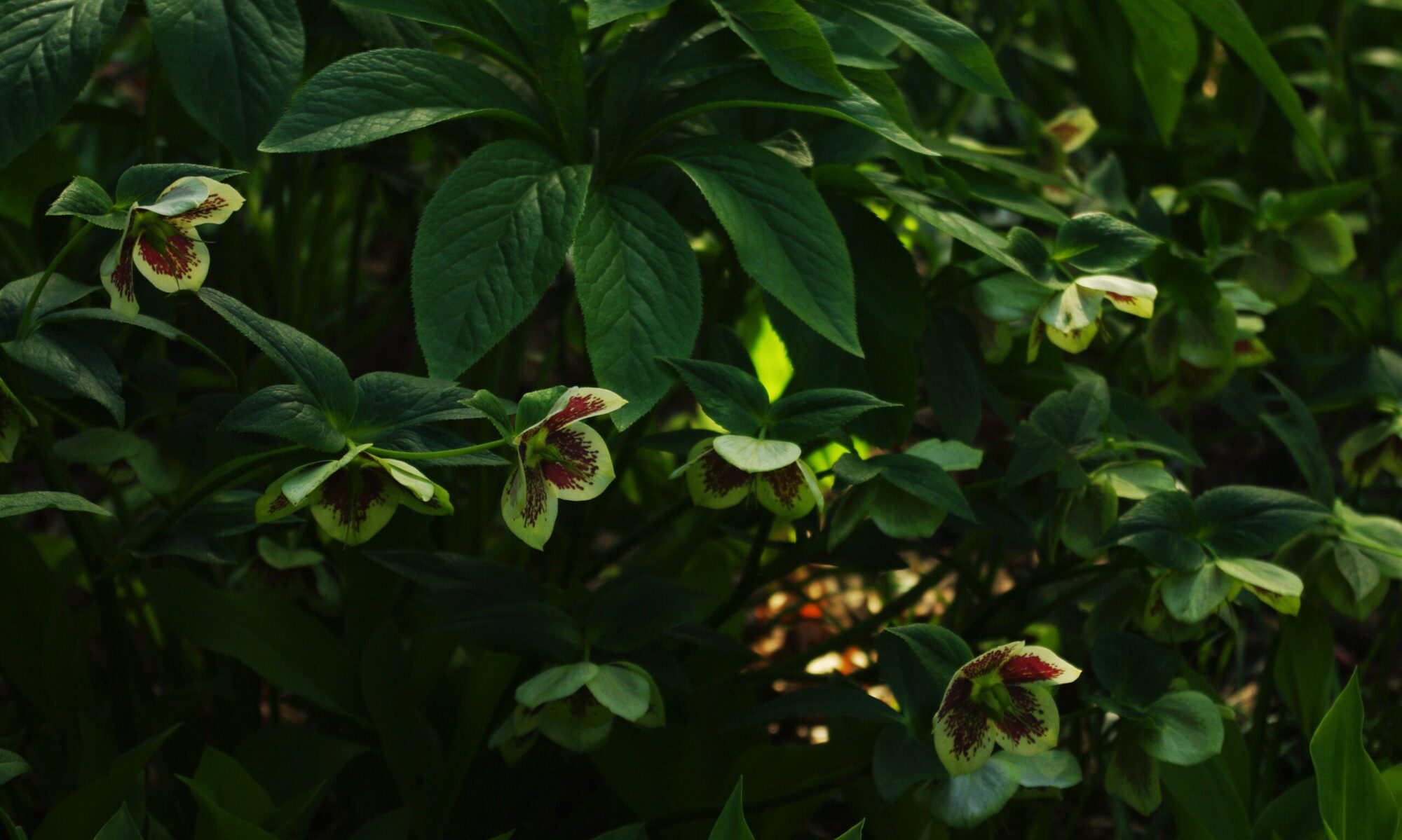
Narcissus – Fall 2024

Fritillarias – Fall 2024

Crocuses – Fall 2024
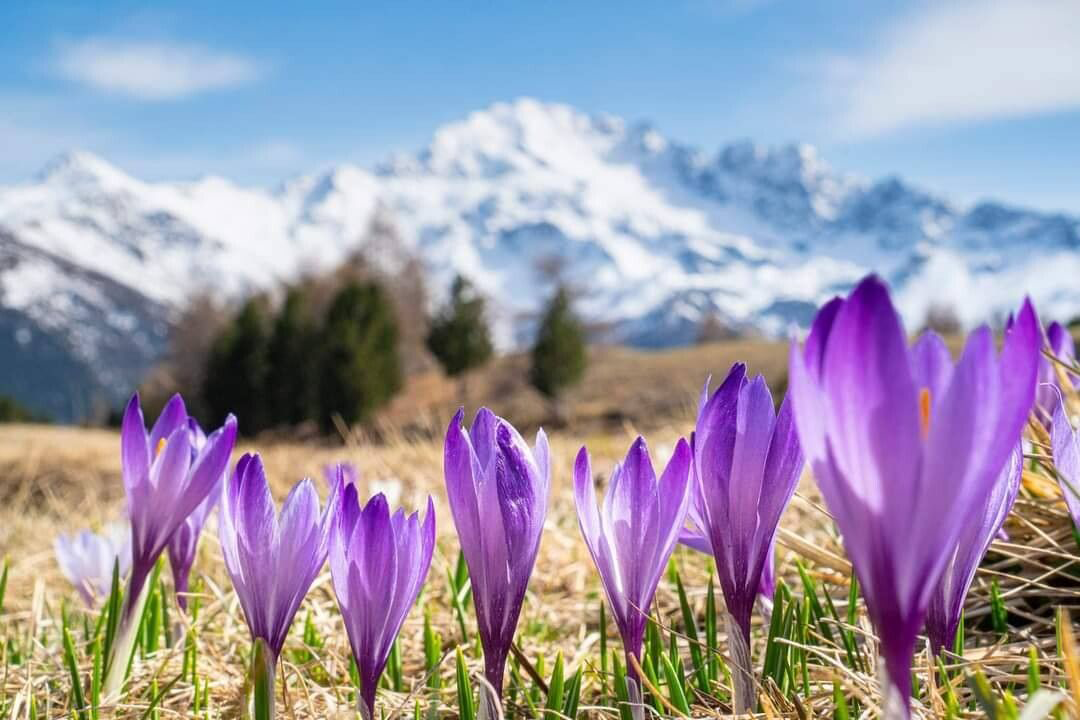
Irises – Fall 2024

Alliums – Fall 2024
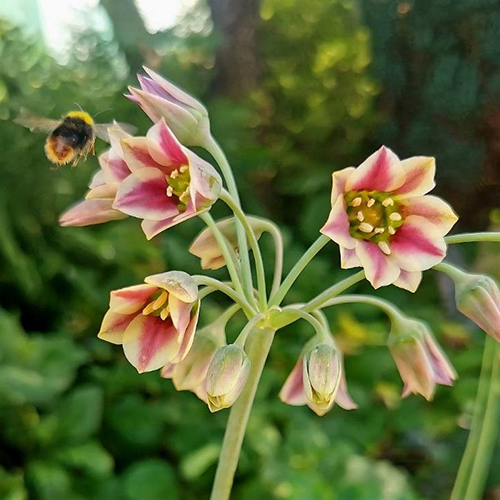
Garden Accents – Fall 2024
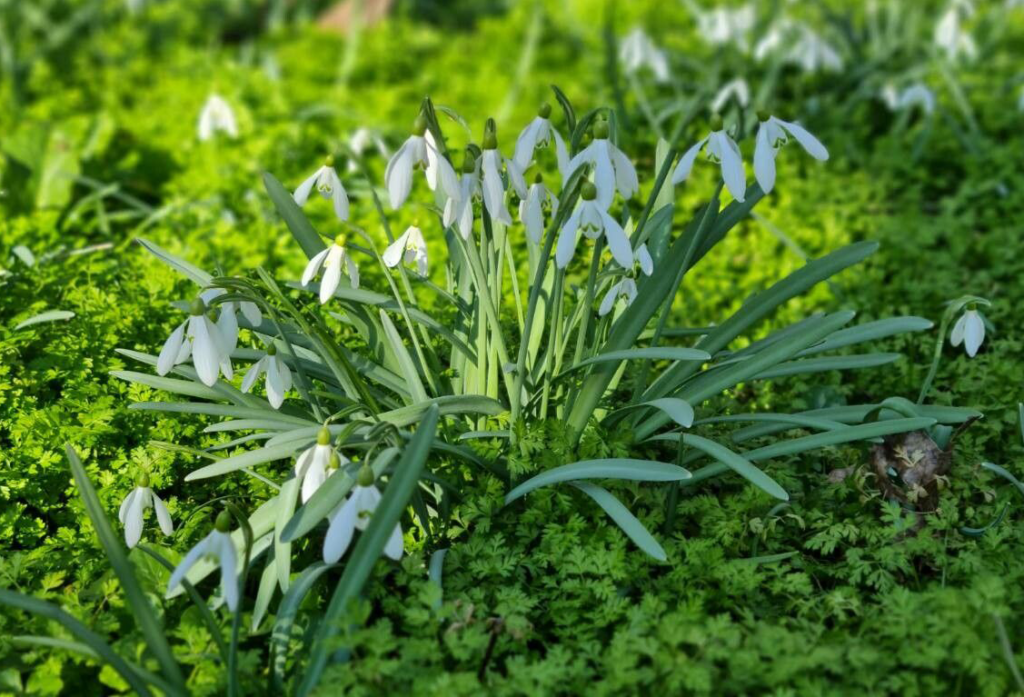
Crocus: Heralds of Spring, Autumnal Sprites
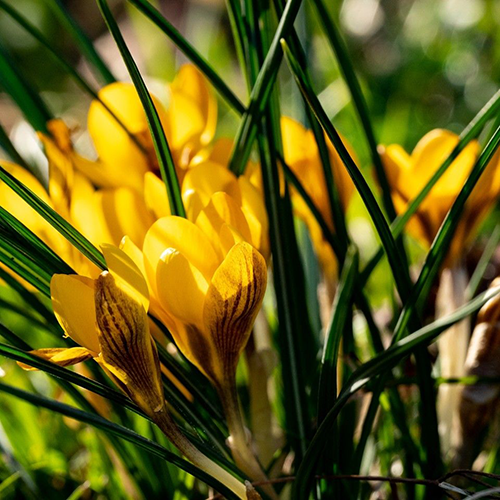
Dwarf Irises – First Promises of Spring
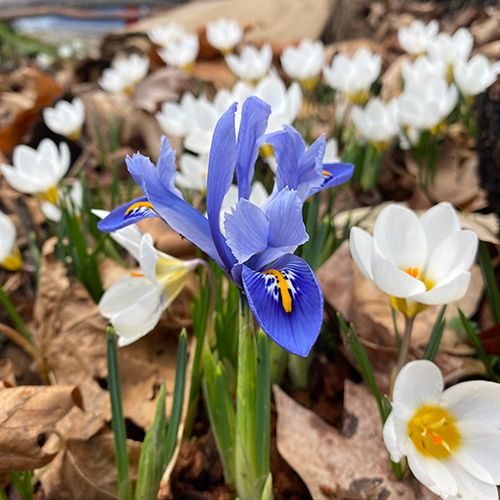
Fritillaria: Sweetly Secluded
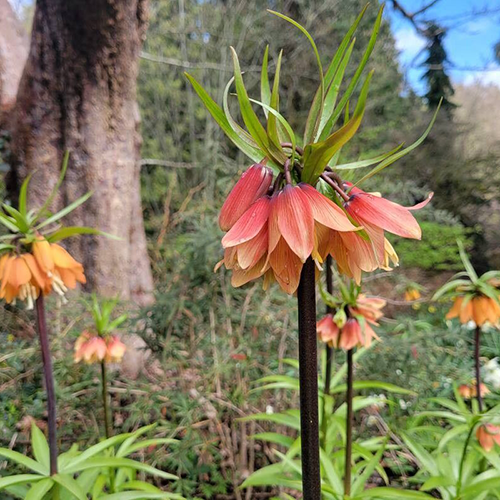
The entire internet and the world of SEO pushes towards making wordy posts that result in a ton of filler and jargon that drives me totally nuts. If you’re looking for the basic details, here they are.
Full/part sun, perennial, rich and well drained soil, hardy to Z3, 4-18″ tall, depending on species. Naturalizes well. Plant 4x the height of the bulb in fall or early spring. Deer proof, drought tolerant.
Check out our full list of Fritillaria
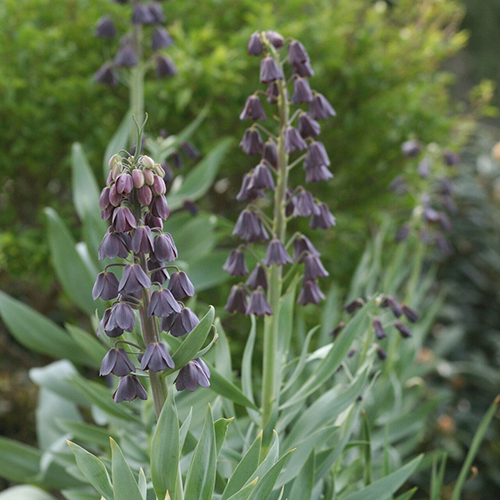
Like tulips, Fritillaria are part of the larger family of lilies, but unfortunately these beauties are more commonly spotted in professional than home gardens, despite being easy to grow. There are Fritillaria species distributed all over temperate parts of the Northern hemisphere, from Russia and Iran all the way over to Western North America. It is believed that they crossed over the Bering Strait on two separate occasions, and they have uses both as foods and medicine in Traditional Chinese Medicine as well as various Indigenous cultures here in the Pacific Northwest.
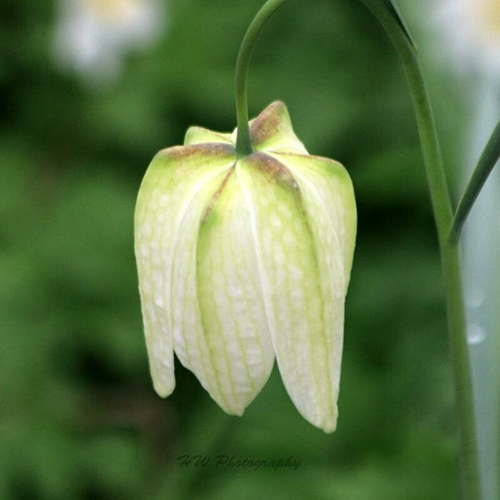
Because of the wide spread of this genus, there is a lot of variety in their overall height and way that these beauties flower, but they all do bloom in mid-late spring. The Imperialis subgenus has a base of leaves with a tall (24-36″) stem, atop which sits a crown of bright orange or red bell-shaped flowers.

The Persian Lily subgenus has a tall (24-36″) spire of flowers that are typically deep purple verging on black, but some varietals are ivory white. Others like the Meleagris or Michailovskyi top out at around 7″, and have a single flower per stem, like a gently nodding tulip. These varieties are very amenable to naturalizing (not at all invasively) into lawns, and create an outstanding show in the spring that will leave you putting off mowing just a little bit longer. However, don’t worry if you must mow them down – they will come back next year to delight you once again.

Though many types of lilies are quite tasty to deer, fritillaria are poisonous to them, and so they will either be completely ignored, or if you’re unlucky enough to have a dim-witted deer in your neighbourhood, they’ll get a small nibble or two in before they decide to move on. Like Alliums and Narcissums, Fritillaria can therefore be used as a kind of ‘defense’ – plant them on the borders of your bed along with other deer-unfriendly plants, and the pesky buggers are more likely to pass up your beds for yummier pastures.

All types of Fritillaria will naturalize, meaning that you won’t be stuck planting bulbs year after year – they’ll come back, and gently clump up over time. Like most spring blooming bulbs, they want barely any water over the summer as that is their dormancy period. If you want to split them, late summer is best. The bulbs themselves seem like an assemblage of ‘scales’, which vaguely resemble an artichoke but are far more fragile. If you knock some off while planting or splitting them, don’t worry! Each of those scales will grow into a full size bulb with time, though they won’t flower for the first few years as they need to accumulate stored energy first.
All of the beauties you see here are one’s we are carrying for the autumn planting season – you can check out our full list of Fritillaria we’re carrying, or place an order.
Happy Gardening!
